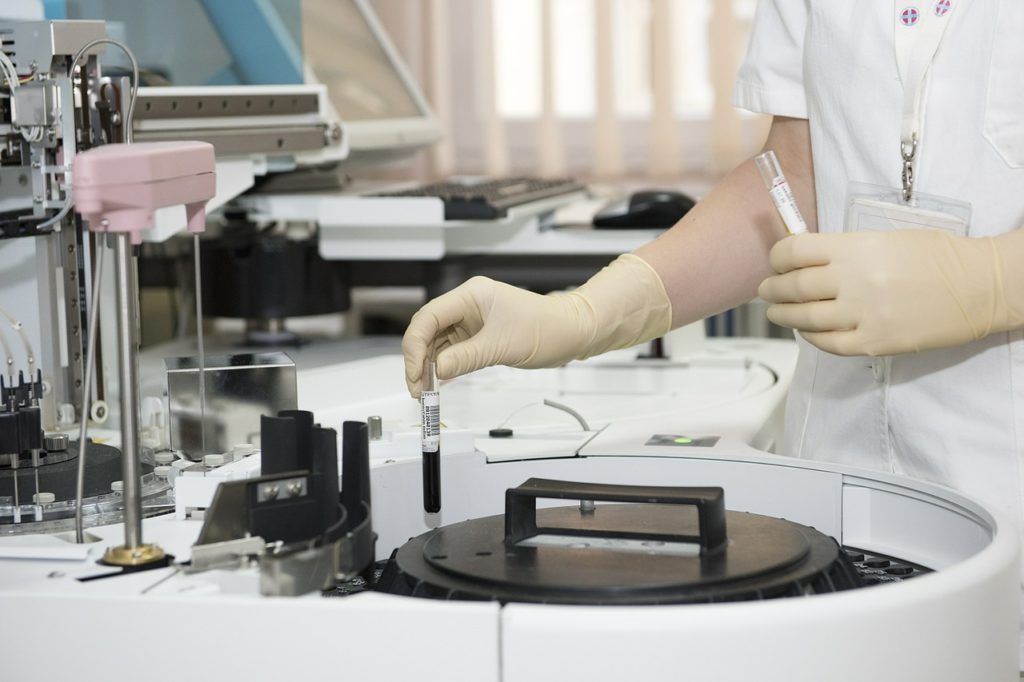There is an urgent need to develop better biomarkers and to use the in cost effective packages for accurate measurement of aging.
As human life expectancy has increased throughout the 20th and 21st centuries this has led to a steady increase in the population of older people. With that increase has come the rise of age-related diseases and disabilities. As a result it is becoming ever more important to develop preventative strategies to monitor and maintain health as well as therapies that directly address the various aging processes to delay or prevent the onset of age-related diseases.
One of the ways we can do this is by developing more effective ways to measure how someone is aging, this means developing high quality aging biomarkers. The challenge in creating such biomarkers has always been the fundamental question – what do we measure?
Chronological age is a poor indication of how someone might be aging and is not a good way to ascertain an individual’s risk factor for various age-related diseases. This is simply because everyone ages differently and at different rates. Whilst everyone ages due to the same processes the speed at which these different processes occur can vary between individuals.










Comments are closed.